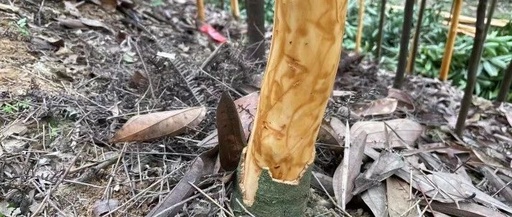Every spring, around March and April, the southern regions experience abundant rainfall, providing sufficient moisture for the cinnamon trees. During this period, the bark is easy to peel, and the production areas become busy. As of mid-April, the harvesting and processing of cinnamon is in full swing. How is the enthusiasm of farmers for harvesting cinnamon this year, after years of a flat market? Will there be significant changes in production? Is there a chance for improvement in the market outlook?
1. The Production of Cinnamon Has Been Relatively Stable in Recent Years
Cinnamon is a unique variety found in the Guangxi region of China, primarily produced in Nanning, Fangcheng, Chongzuo, Qinzhou, Yulin, Guigang, Wuzhou, Hezhou, and in Guangdong’s Zhaoqing, Yunfu, and Maoming. The annual production and sales volume exceeds tens of thousands of tons. Due to the large quantity and relatively concentrated production areas, cinnamon has historically been developed as an important agricultural economic support industry in many regions. Its long growth cycle and ability to sprout and regrow after cutting have resulted in a large forest area in the main production areas, leading to relatively stable annual production in recent years.
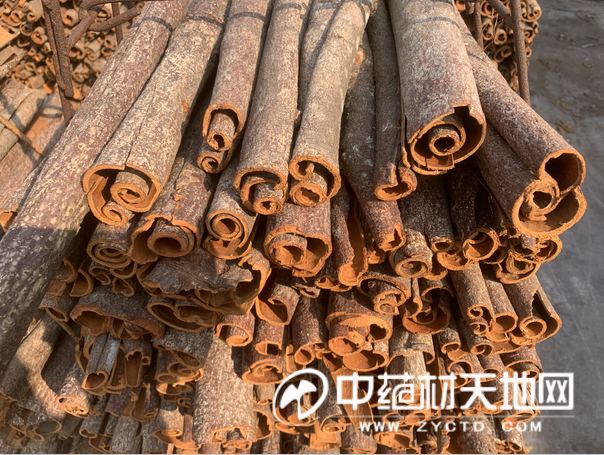
Figure: Whole Cinnamon
2. Decreased Demand and Accumulated Inventory Result in a Flat Market
Due to stable production, cinnamon prices have rarely reached particularly high levels historically. The price of 19 yuan (for whole cinnamon) in 2015 was the first high price in many years, and the price of 21-22 yuan at the end of 2019 to early 2020 was the second high price, marking the historical peak. From 2020 to 2022, due to the outbreak of COVID-19, the social consumption demand for cinnamon significantly decreased. After the new harvest in 2020, prices dropped to around 15 yuan, while inventory began to accumulate. To this day, market prices hover around 15-16 yuan, with production areas at 13.5-14.5 yuan. For both farmers and distributors, cinnamon has become an uninteresting variety in recent years, with excessive inventory and large forest areas. Even during the booming medicinal and seasoning markets in the past two years, there has been no positive impact, and businesses primarily focus on quick sales to earn price differences.
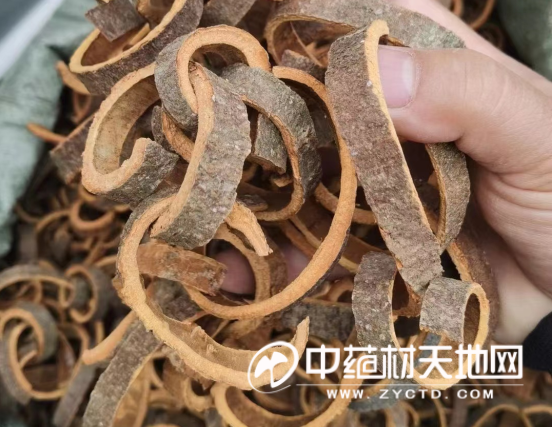
Figure: Cinnamon Sticks with Bark
3. Recent Decline in Purchase Prices Lowers Farmers’ Harvesting Enthusiasm
The production areas have recently entered a phase of large-scale new harvests. However, due to poor market conditions, even with low prices, merchants’ purchasing intentions are weak. As new products continue to emerge, the sales pressure in production areas and markets has increased, leading to a gradual decline in prices. Currently, the price of dried goods in the Pingnan production area of Guangxi is around 13.8 yuan per kilogram, with fresh goods priced around 3 yuan per pound, which is 10%-15% lower than the same period last year. With labor costs for peeling at about 1.1 yuan per pound and an average yield of 1500-1600 pounds per mu, farmers are left with around 3000 yuan after deducting harvesting labor. When considering the management costs over ten years, farmers’ income from planting and harvesting cinnamon has been quite low in recent years. Although there are additional incomes from selling cinnamon twigs, fragments, and leaves, these are low-priced products, and farmers can only earn a small amount for labor. Therefore, production areas have maintained their existing cinnamon forest areas with little new development, and the recent drop in fresh goods prices has further dampened farmers’ enthusiasm for harvesting.
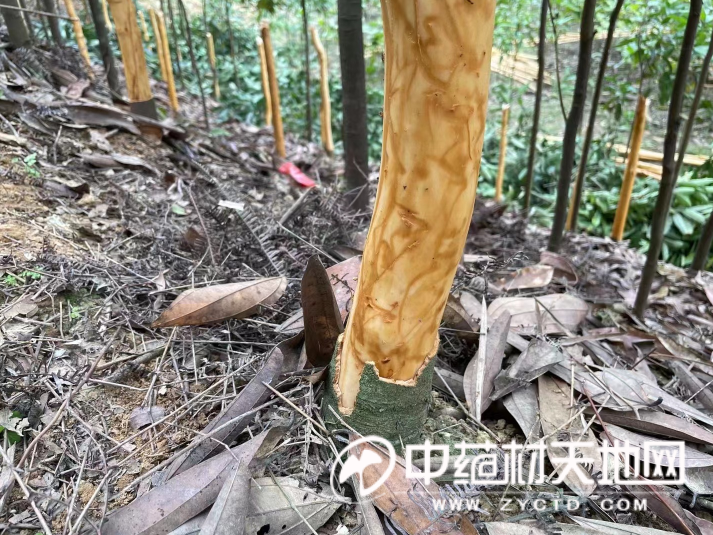
Figure: Cinnamon Tree with Bark Removed
4. Current Production and Inventory
Based on recent market performance, it is difficult to stimulate this year’s cinnamon production. From the new harvest to the present, the output is not greater than last year, but the new harvest period will continue for some time. The future weather conditions in the production areas will also play a role; if there is more rainy weather, production will likely decrease further.
The main use of cinnamon is as a seasoning, with limited medicinal applications. The impact of COVID-19 on the catering industry has significantly reduced demand, coupled with a decline in export volume, resulting in a substantial accumulation of inventory, which has directly led to the continued weakness of the market in recent years. Although low prices yield minimal profits for farmers, the oversupply situation has rendered its investment value very low.
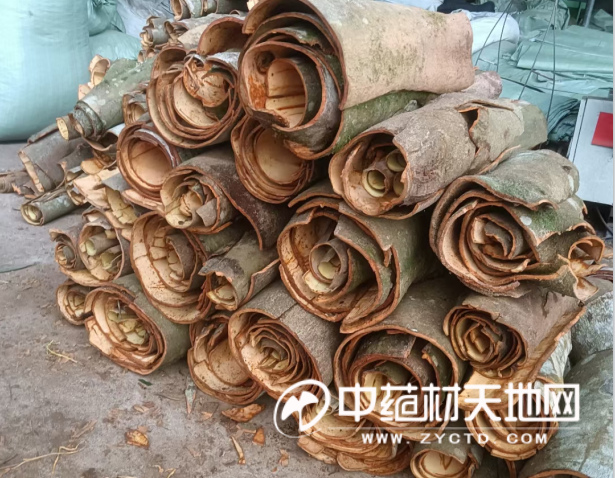
Figure: Freshly Peeled Cinnamon Bark
5. Future Production Will Not Decrease
Although the market for cinnamon has been weak in recent years and farmers’ profits are low, cinnamon trees do not occupy arable land, and they sprout and regrow after cutting without the need for replanting. This cycle saves annual planting costs. Additionally, as a forestry species, management is relatively simple. In the absence of better alternative tree species with higher benefits, farmers generally do not easily destroy forests on a large scale for replanting. Furthermore, after years of historical development, cinnamon has become one of the traditional industries in most production areas, with mature production, processing, and sales systems, and a high level of recognition. Therefore, even in the future, cinnamon will continue to have relatively stable production resources and will not see a significant reduction.
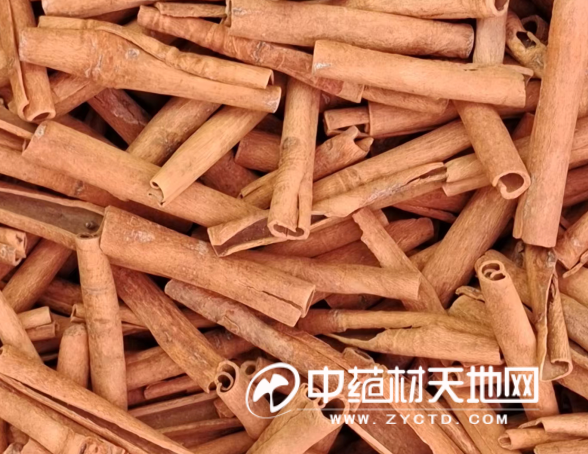
Figure: Smoked Cinnamon
6. The Market Will Likely Remain Ordinary
In recent years, the cinnamon market has been in a relatively ordinary state of buying and selling. Merchants purchase according to plans, and the market moves based on demand. Production areas have sufficient supply, and manufacturers have not deliberately increased their stock levels. In a situation of ample production and supply, this condition is expected to continue, and the market will likely continue on its ordinary path.

